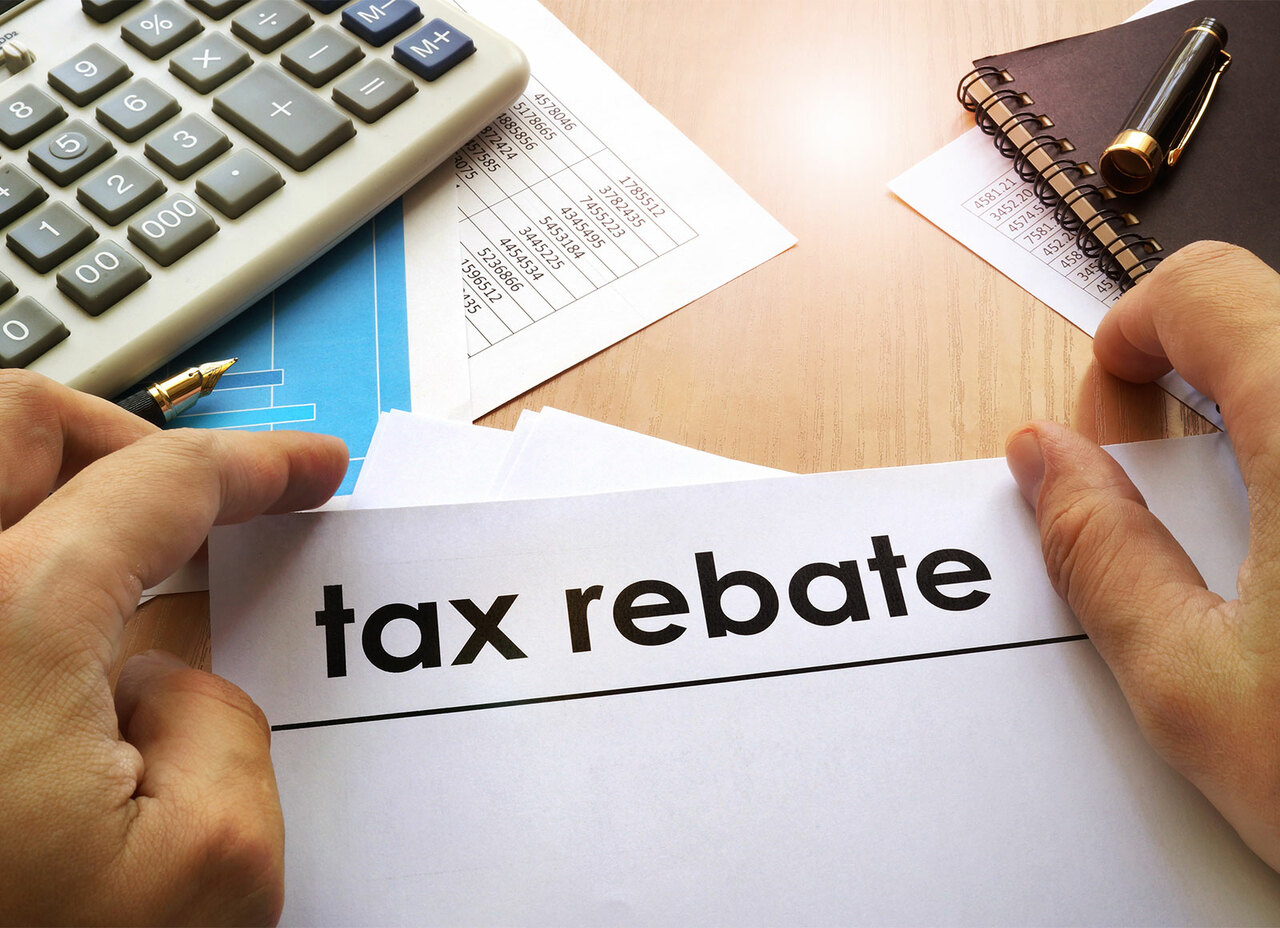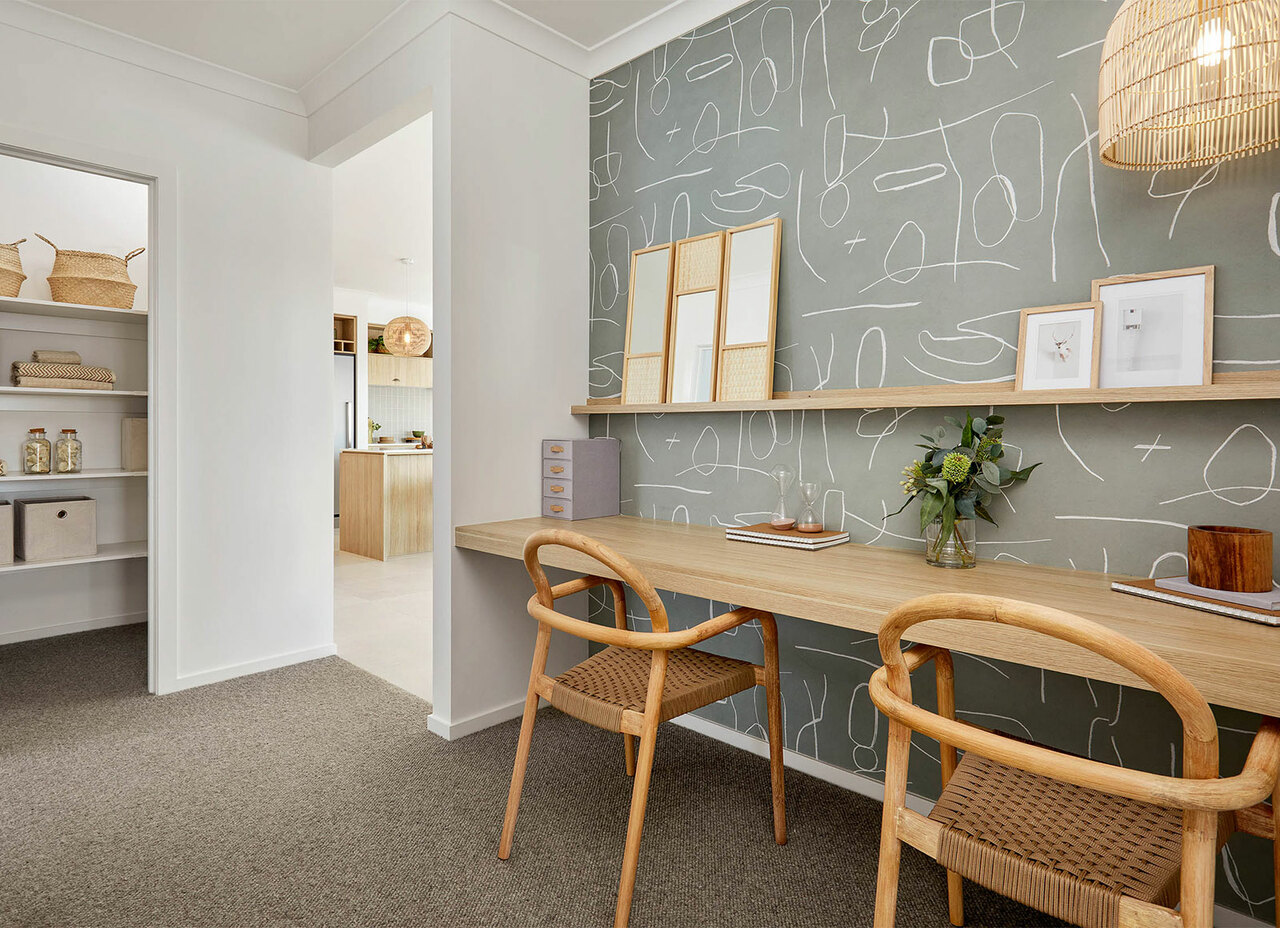Three Ways You Can Invest Your Tax Rebate

Saving for a home deposit? Investing your tax rebate could help. Here’s how.
If you’ve done your tax return for the last financial year, you can probably expect a nice reward. Around 80% of Australians receive a tax refund, and the average amount is a substantial $2,800. But what will you do with it? If you’re saving for a home deposit, you can get there faster if you invest your tax rebate. Forgo the spending spree and try one of these options instead.
1. Pay it into super
Would-be first home buyers can save faster using the First Home Super Saver (FHSS) scheme. Introduced in 2017, the scheme lets you save money within your super fund, which you can then withdraw to use as a deposit on your first home. You get all the concessional tax advantages of superannuation without locking away your funds until retirement.
Under the FHSS scheme, you can make voluntary contributions to your super fund of up to $15,000 per financial year. The total you can withdraw is $30,000. For couples, that means you can withdraw up to $60,000 in total.
To release funds under the FHSS scheme, you need to first apply for a determination from the ATO. This effectively gives you the green light to go ahead and apply for a release of funds. You can only request a release of funds once, so you should aim to do so when you’re serious about buying a house; for example, when you’re applying for a home loan.

Be strategic and pay down your debts! Consider using your tax rebate to pay down consumer debts and save on high interest fees.
2. Pay down debt
Paying down consumer debt is the single most effective way to improve your financial situation. Consumer debt, such as credit cards and personal loans, usually have high interest rates. The money you pay in interest to service those debts far outweighs the benefit of keeping money in savings.
Additionally, lenders look at your debt levels when deciding how much you can borrow. They look at two things: your monthly commitments (which will include repayments to creditors) and your credit card limits.
By paying down any balances, you reduce your monthly outgoings and increase borrowing power. Lowering your monthly spending by just $200 a month can make a substantial difference. If you’re paying $1,000 a month in rent with discretionary spending of $800, you can borrow $426,000. Increase that discretionary spend to $1,000, because you don’t have to commit $200 to debt repayments, and your borrowing power soars to $474,000. Learn more and calculate how much you can borrow here.
A high credit card limit will also affect your borrowing power even if you pay off your balance in full every month, because lenders assess based on the worst-case scenario that you max out your cards. By getting rid of a credit card with a $10,000 limit, our $100,000 borrower can increase their loan by a huge $60,000
When you’re looking at your debt situation, don’t forget about ‘hidden’ debts. A car lease, ‘interest-free’ whitegoods, medical finance (for example, for orthodontics) and Afterpay are all debts that should be on your list. And while most of us don’t think of a HECS-HELP debt in the same category, lenders will take those into account as well.

Reach your saving goals faster and enjoy concessional tax advantages with the First Home Super Saver scheme. Couples can withdraw up to $60,000 in total. Featured here: Portland, Cloverton Estate, Kalkallo.
3. Get smart with savings accounts
With the cash rate staying at rock bottom levels, savings accounts are the least effective way to maximise your cash. That said, they still have some advantages over other options. They’re ultra low-risk and you can access your funds immediately. If you don’t have any debts to pay off, this might just be the most practical approach after all.
If you do go this way, shop around for a good deal. Many institutions will offer higher ‘honeymoon’ rates in the first few months to entice you into banking with them. There are also several options with ‘conditional’ savings rates: if you deposit a certain amount into the account every month, you get bonus interest.
You can compare savings accounts at comparison websites such as Canstar to get you started.
Ready to buy and want to choose the house and land package that’s right for you? Call Carlisle on 1300 328 045.
